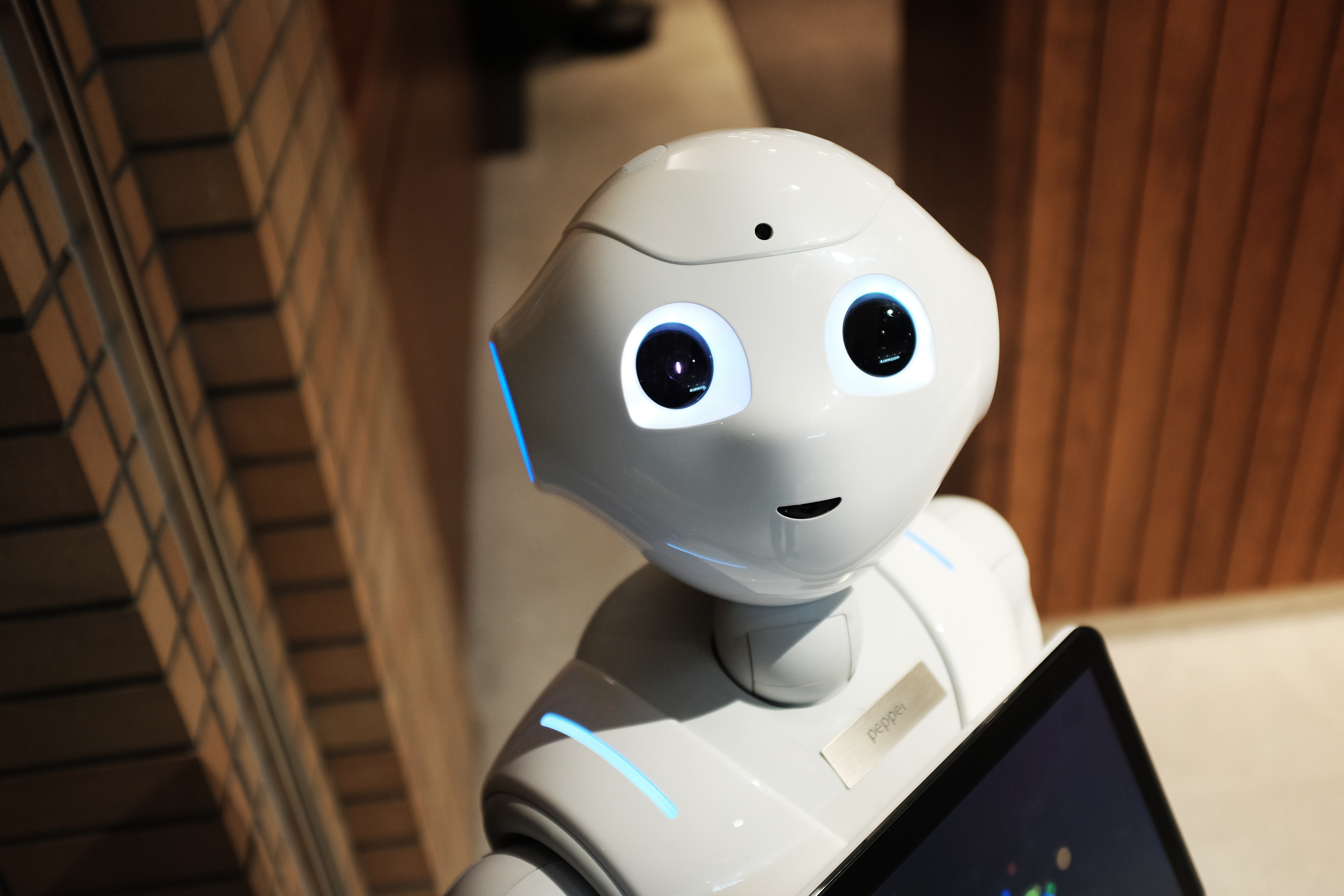Machine Translation and MTPE
Machine Translation Post Editing (MTPE), also known as automated, automatic or instant translation, is essentially (as you may expect) a process according to which a translation is (initially at least) entirely carried out by a computer. It first appeared in the 1950s; however, nowadays it has become increasingly popular, due to the rise of translation demand.
As stated in the presentation delivered during the Autumn Roadshow 2017 by SDL (provider of Trados Studio, the most common Computer Assisted Translation tool), 61% of translators believe MT to be crucial in order to be competitive in the industry, even though only 28% of them actually use of it.
Indeed, MT doesn’t provide flawless translations, but it rather requires the contribution of a professional linguist in order to reach the final result. The process of reviewing, correcting or rearranging an MT output is called Post-Editing. 78% of translators affirm to post-edit most or all the time. This task could be compared to the act of double-checking if there are 100% matches from a Translation Memory (TM), although it is likely to find more mistakes than during an average review.
According to the “our internal guidelines”, MTPE should focus on:
– Grammar, syntactic, semantic, spelling, punctuation and hyphenation errors;
– Reaching the highest accuracy in translating key terminology, making sure that untranslated terms are meant to be so due to clients requests;
– Making sure that no data has been unintentionally annexed or excluded;
– Amending any impudent or culturally unsuitable concepts;
– Utilizing the raw MT production as much as possible.
It has been fully demonstrated that MT can improve productivity and speed workflow up, that is why experts believe that many more projects will be soon carried out using this method. Though, it is quite unlikely that MT will replace humans, as the post-editing process is strictly necessary to guarantee a reliable end result.
Furthermore, the usage of MT is not appropriate for all specialisms: for instance, marketing and advertising content, this needs more creative translations which could never be realised without human intervention.
In line with what has been said during the SDL show, at the moment, translators are key at the final stage of the process and they are unable to interact with the MT during the actual translation, however, by 2020, they will manage to hold a central position which will allow them to leverage the MT, enhancing quality and productivity of the outcome.
Check out this interesting article on MTPE



Hello there, You’ve done a fantastic job. I will definitely digg it and personally suggest to my friends. I’m confident they’ll be benefited from this web site.|